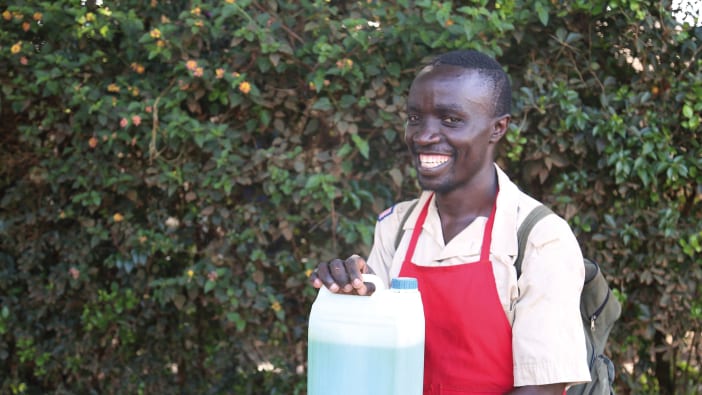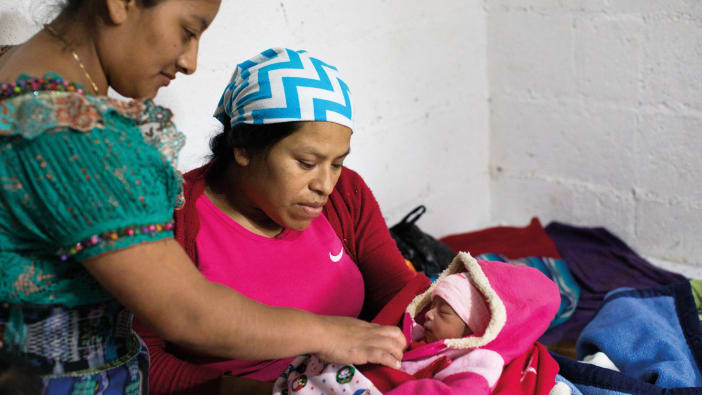Issue 19 of Footsteps on TB and AIDS as always made interesting reading. Your cover article was very appropriate and timely, as WHO has already declared TB as a global emergency. It has established itself as a number one killer among all the infectious diseases in adults.
I have one observation to make. Readers get an impression that TB treatment is for up to one year. However, short course therapy (SCT) is becoming increasingly widespread and is recommended by WHO. SCT is usually more effective than longer treatment and is usually more acceptable to the patient. A recent WHO publication states ‘WHO’s policy is that all countries should replace long course therapy with short-course chemotherapy as soon as possible. One of WHO’s goals is to ensure that when TB patients are treated, they are treated successfully’.
Dr Zafar Mirza Islamabad, Pakistan
EDITOR: SCT is recommended, but at present it is not adopted by all countries. It is also often more expensive. We did not want to cause any confusion in Footsteps so encouraged readers to adopt their own countries’ treatment of TB, simply stating that treatment could take up to one year which would then cover all situations.
TB Treatment in India
We treat over 1,200 patients a year with TB in our hospital. In our experience the number of patients completing a full course of TB treatment in India is very poor, leading to a disastrous rise in drug resistance. In 1987 less than 20% of our own patients who started treatment finished their full course. Now we are glad to report that nearly 85% of patients complete their course. We would like to share some of the reasons for this great improvement.
Most people with TB are very poor. After many days lost from work because of poor health, patients are often desperate when they finally decide to attend a hospital. Many doctors fail to see this simple fact and the expense of the first visit of correct treatment will put off further visits.
In our hospital we try to keep initial costs to a minimum by…
- avoiding X-rays if sputum tests are positive
- obtaining free government drugs whenever possible (supplies are very erratic) or subsidising the cost of drugs ourselves
- using the intermittent treatment because this costs less. Drugs are given two or three times a week, packaged into small plastic bags. Patients are told to take one packet, say every Wednesday and Saturday, for example. Most patients find this easy to understand.
We give great importance to health education. This is impossible in busy outpatient departments, so we admit all patients for two days (helping with hospital costs and food if necessary). A health educator provides repeated health education in small groups on how to take drugs, why symptoms take so long to improve, the need to continue treatment even after the patient begins to feel well again, the need to bring all contacts for treatment, and possible side effects.
This two day hospital stay also allows the TB health worker the chance to develop a relationship with each patient. The health worker sometimes does home visits and is always available in morning clinics so that patients can see a familiar face in a crowded hospital clinic. An interested, understanding TB health worker from the poor community itself can make a big difference.
A deposit scheme is used for all patients so that they pay an initial deposit of Rupees 100 – 200, depending on their social situation. This is only refunded on completion of treatment. It is forfeited if treatment is irregular or stopped early.
A TB clinic is run each Friday and each patient receives an appointment card. Two letters are sent in one week or a home visit is made if a patient misses an appointment. We hope our experiences may help other Footsteps readers involved in treating TB patients.
Dr Rajkumar Rama Samy TB Clinic, Christian Fellowship Hospital Oddanchatram, India









